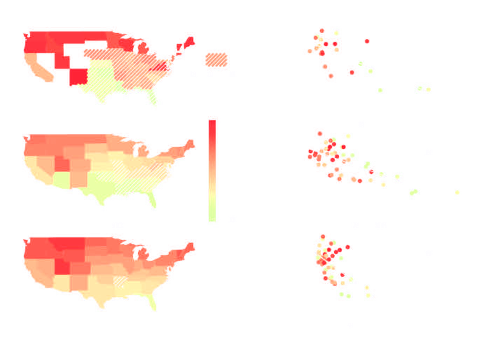Human birth seasonality: latitudinal gradient and interplay with childhood disease dynamics

More than a century of ecological studies have demonstrated the importance of demography in shaping spatial and temporal variation in population dynamics. Surprisingly, the impact of seasonal recruitment on infectious disease systems has received much less attention. Here, we present data encompassing 78 years of monthly natality in the USA, and reveal pronounced seasonality in birth rates, with geographical and temporal variation in both the peak birth timing and amplitude. The timing of annual birth pulses followed a latitudinal gradient, with northern states exhibiting spring/summer peaks and southern states exhibiting autumn peaks, a pattern we also observed throughout the Northern Hemisphere. Additionally, the amplitude of United States birth seasonality was more than twofold greater in southern states versus those in the north. Next, we examined the dynamical impact of birth seasonality on childhood disease incidence, using a mechanistic model of measles. Birth seasonality was found to have the potential to alter the magnitude and periodicity of epidemics, with the effect dependent on both birth peak timing and amplitude. In a simulation study, we fitted an susceptible-exposed-infected-recovered model to simulated data, and demonstrated that ignoring birth seasonality can bias the estimation of critical epidemiological parameters. Finally, we carried out statistical inference using historical measles incidence data from New York City. Our analyses did not identify the predicted systematic biases in parameter estimates. This may be owing to the well-known frequency-locking between measles epidemics and seasonal transmission rates, or may arise from substantial uncertainty in multiple model parameters and estimation stochasticity.
